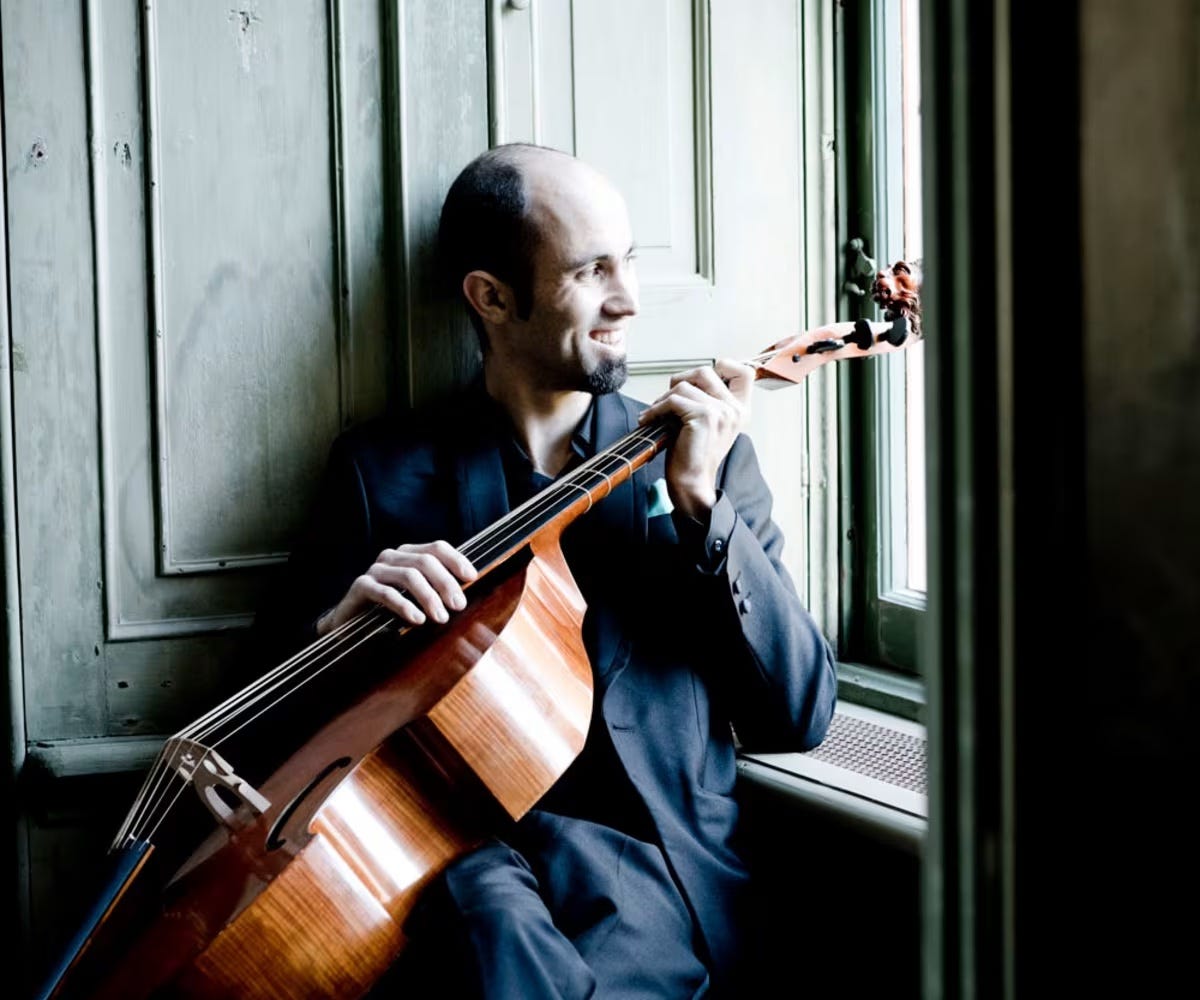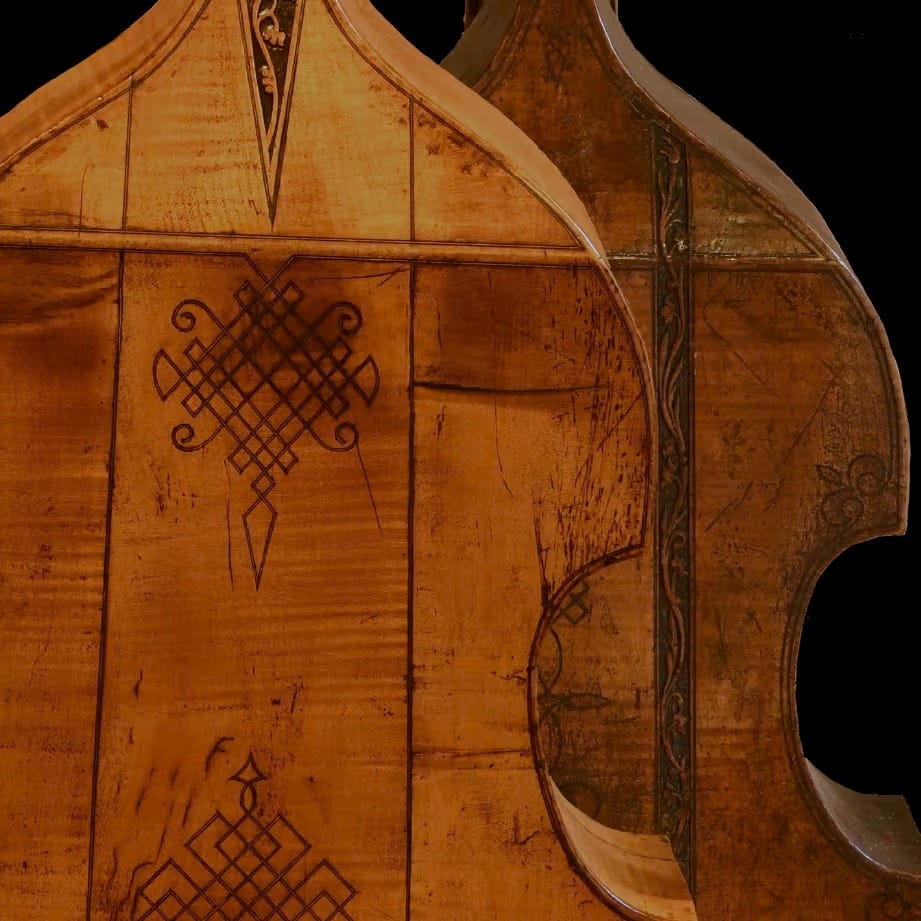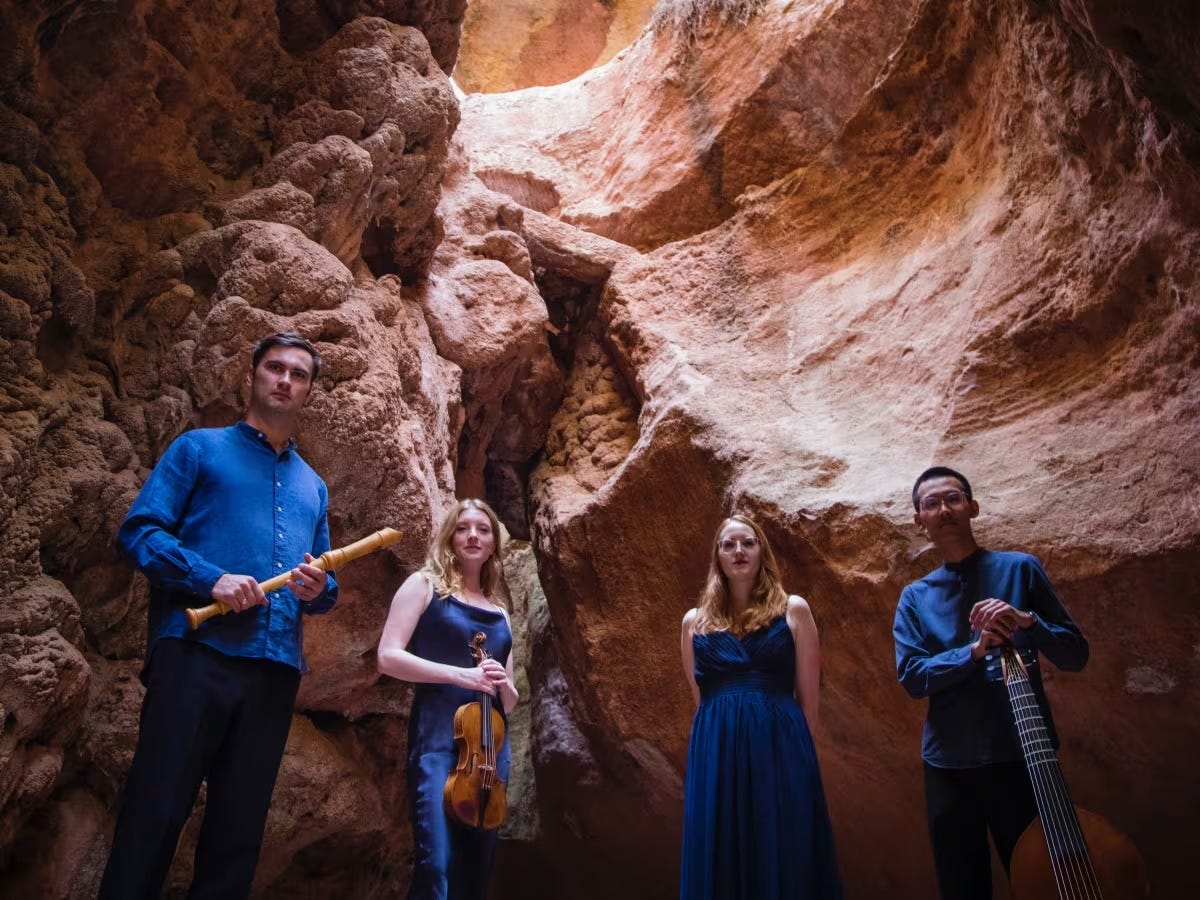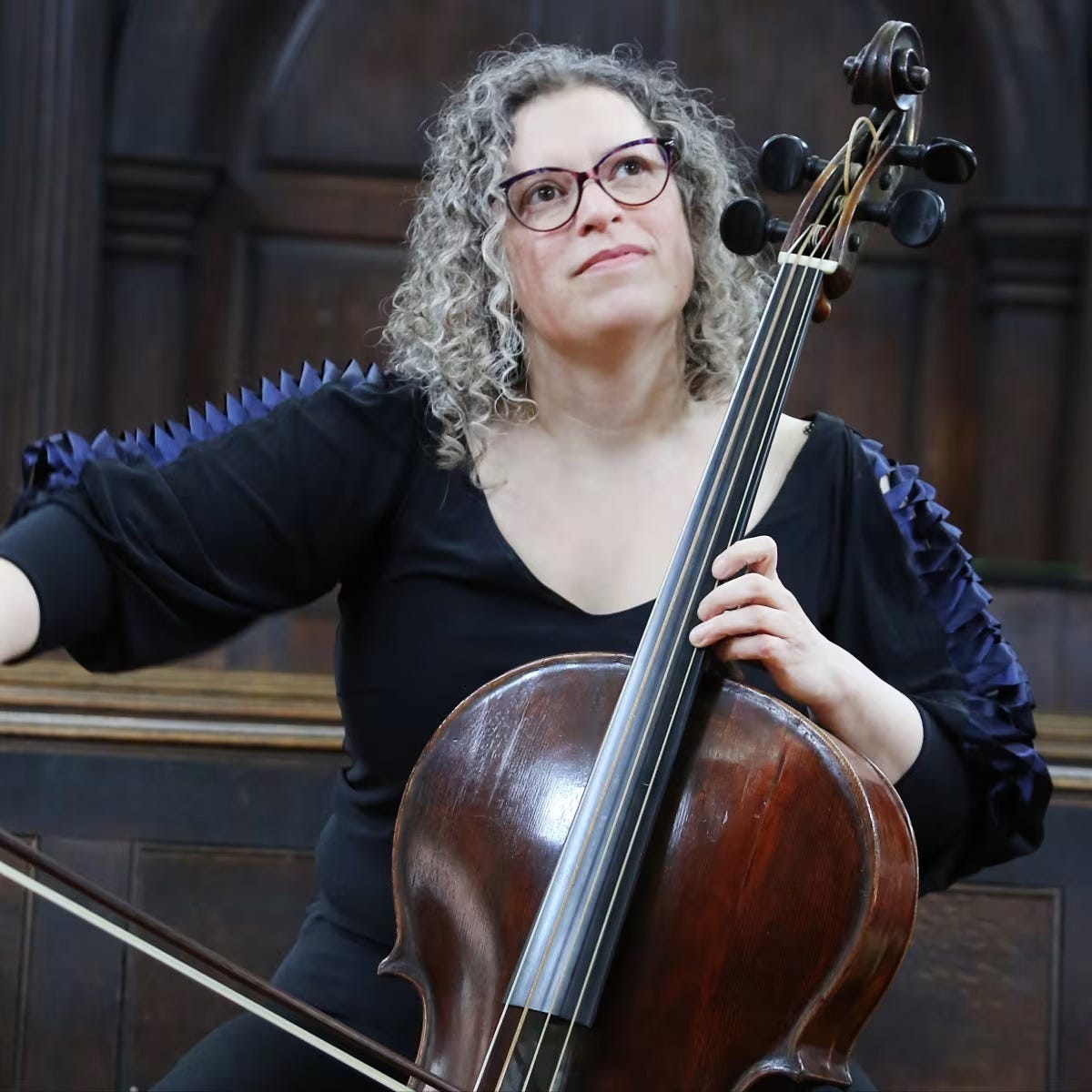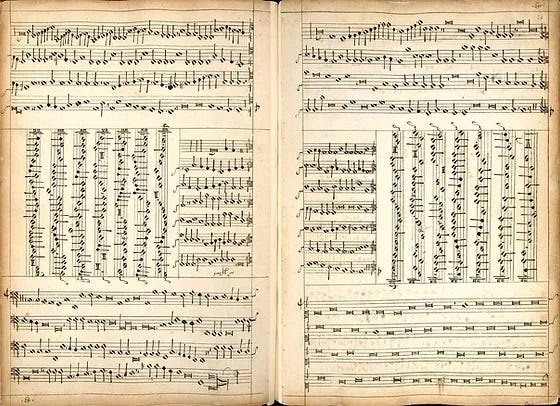
Variation is an essential compositional tool. It is a fundamental way of generating material and developing ideas, and the foundation of conventional musical forms. This newsletter looks at the myriad ways variation is achieved in the context of early music, from divisions for viols, to Bach’s exquisite Goldberg Variations, to arranging and paraphrasing Schumann.
Early music offers a particularly broad definition of what variation can mean. Beyond musical forms such as the ground, passacaglia, chaconne and theme-and-variations, historical performance practice invites a level of input from the performer:
Early music culture is very freeing: for anything written before 1800, it is now the norm to improvise embellishments that blend a piece of music with something of oneself. - Kate Bennett Wadsworth
Robert Smith and Nicolas Achten perform their programme The Art of Variation at the London International Festival of Early Music on 14 November in Blackheath. They take a detailed look at the different types of variations involving the viol (or viola da gamba) in 17th-century England. From variations on ballad melodies, to songs with ornamented vocal lines and divisions on a ground, they offer a fascinating survey of this repertoire.
The ensemble Newe Vialles also explore 17th-century English viol music in their upcoming concerts on 3 November in Worcester and 8 November in Birmingham. They focus on fantasias, dances and divisions by Christopher Simpson, John Jenkins, William Young, Benjamin Hely and others, played on two spectacular and historically significant original English Viols.
In the 17th century, a division was a common means of generating variation, achieved through the successive shortening of note values, or addition of ornamentation. There was even a special type of bass viol designed to play highly ornamented music and improvisations, known as the division viol, with a particularly large range allowing for virtuosic displays.
You can read more about Newe Vialles, their new recordings and their historical instruments in our feature Old Spelling But Fresh Explorations. You can also hear Caroline Ritchie on BBC Radio 3’s Early Music Show discussing the group’s newly released recording Newe Vialles/Old Viols.
Moving forward to the 18th century and a more standard definition of the variation, Jack Gonzalez-Harding will be performing J.S Bach’s Goldberg Variations on harpsichord. Enjoy this masterful and breathtaking work on 21 November in London.
Following the Bach thread, Liturina presents Hidden in plain sight, celebrating the chorale prelude form in music from Bach to Böhm. The chorale prelude was a prominent compositional structure of the Lutheran tradition, and a wellspring for creativity and imagination. Join St Clement Danes' ensemble-in-residence on 10 November to experience these innovative masterpieces in a new light, transformed into colourful chamber works performed on historical instruments.
The alteration, or paraphrasing, of music can also generate a form of variation, as explained in our recent feature from cellist Kate Bennett Wadsworth. She discusses ways to escape the rigidity of the score in 19th-century music through the lens of her work on Schumann’s Cello Concerto. Read more on this thought-provoking subject in The Reverent Paraphrase.
Our November playlist, The Art of Variation, traces the form from its origins in 16th-century Spain to the height of the Baroque, culminating in Bach’s compositional masterpiece: the Goldberg Variations.
We hope these explorations of the art of variation inspire you to check out the incredible variety of upcoming concerts on Continuo Connect.
Catch up on recent posts and browse more on the Continuo Connect Substack page.


